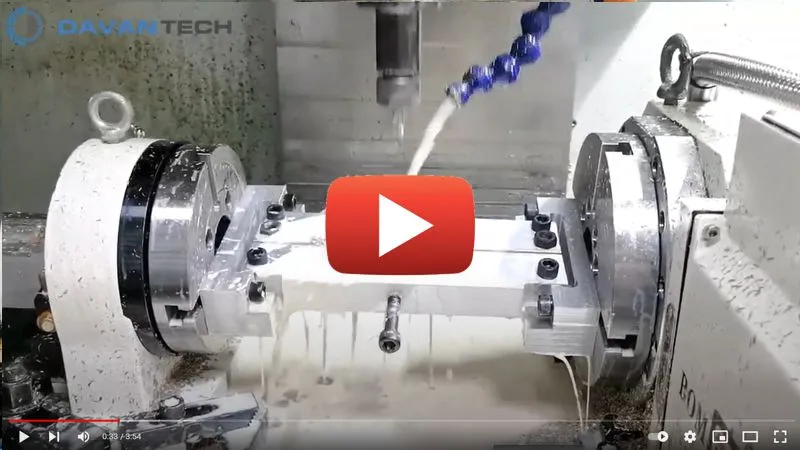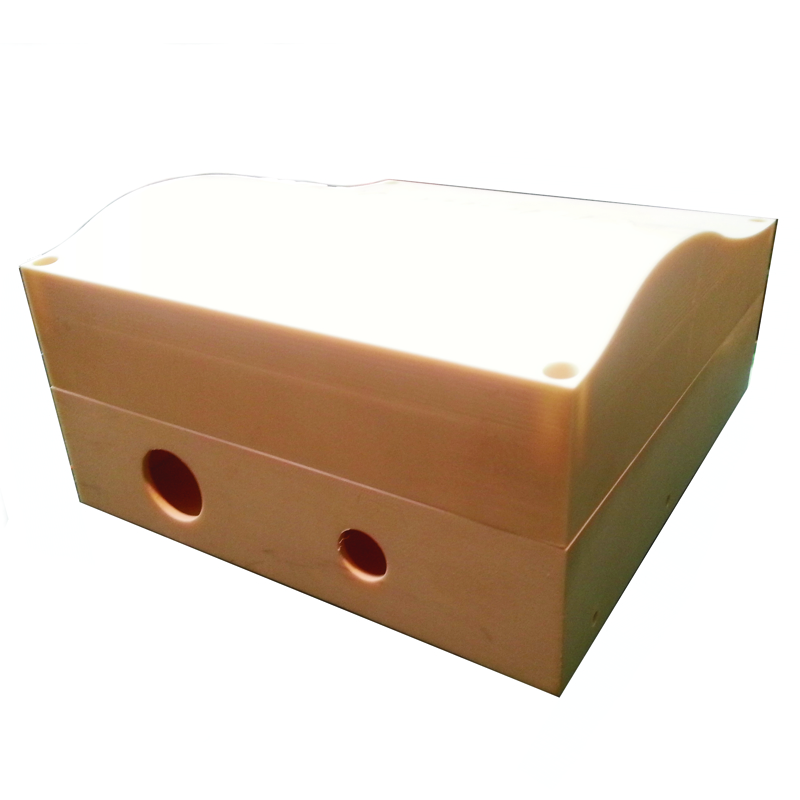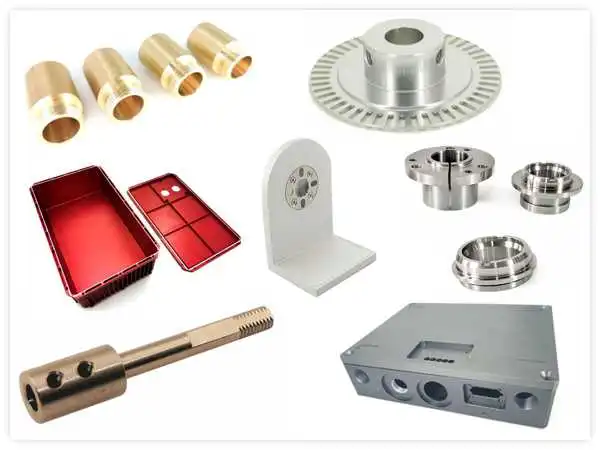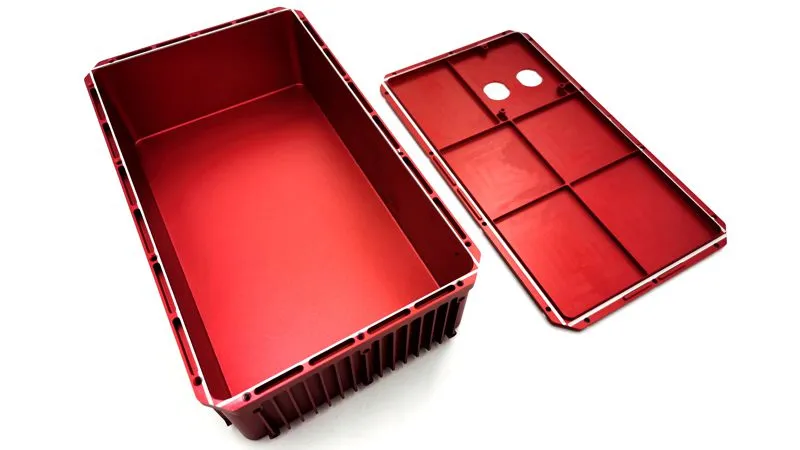Milling is an important process used in the manufacturing industry to produce precise and accurate parts. A 4-axis CNC (computer numerical control) machine is a type of milling machine that adds an extra dimension to the traditional 3-axis machines, making it capable of producing more complex and intricate parts. In this article, we’ll take a closer look at 4-axis CNC milling and the benefits it provides.
What is 4-axis CNC Milling? 4-axis CNC milling is a type of CNC machining that adds an extra rotary axis to the traditional 3-axis machines. This fourth axis allows the cutting tool to be positioned at various angles, making it possible to produce more complex and intricate parts. The fourth axis is typically perpendicular to the other three axes, and it can rotate 360 degrees to provide a full range of motion.
Benefits of 4-axis CNC Milling
- Increased Versatility: With the fourth axis, 4-axis CNC milling machines are capable of producing parts with more complex shapes and geometries, making them ideal for a wider range of applications.
- Improved Efficiency: 4-axis CNC milling machines can produce parts more efficiently by reducing the number of setups required, as the fourth axis allows for multi-sided machining in a single operation. This results in faster production times and lower costs.
- Enhanced Accuracy: The fourth axis provides additional control over the cutting tool, enabling it to be positioned at the optimal angle for each operation. This results in increased accuracy and improved surface finishes.
- Reduced Labor Costs: 4-axis CNC milling machines require less manual intervention than traditional 3-axis machines, reducing the need for skilled labor and lowering labor costs.
- Increased Capacity: 4-axis CNC milling machines are capable of producing parts with more complex shapes and geometries, which can increase their production capacity.
Applications of machining on a 4-axis machine
4-axis CNC milling is commonly used in a variety of industries, including aerospace, medical, and automotive, among others. Some of the common applications of 4-axis CNC milling include:
- Aerospace: 4-axis CNC milling is widely used in the aerospace industry to produce complex parts, such as aircraft engine components, structural components, and landing gear components.
- Medical: 4-axis CNC milling is used in the medical industry to produce precision parts, such as surgical instruments, implants, and prosthetics.
- Automotive: 4-axis CNC milling is used in the automotive industry to produce engine components, such as cylinder heads and blocks, as well as suspension components.
- Consumer Goods: 4-axis CNC milling is used to produce a wide range of consumer goods, including electronics, toys, and appliances.
Conclusion 4-axis CNC milling provides a number of benefits over traditional 3-axis CNC milling, including increased versatility, improved efficiency, enhanced accuracy, reduced labor costs, and increased capacity. These benefits make 4-axis CNC milling an ideal solution for a wide range of applications, from aerospace and medical to automotive and consumer goods. Whether you’re looking to produce complex parts or improve your production process, 4-axis CNC milling is definitely worth considering.




